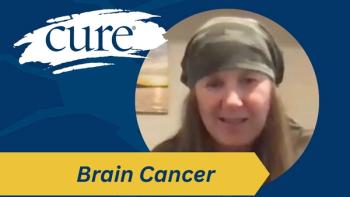
What's Next And Other Things Metastatic Patients Want to Know
Individual advocates and larger organizations offer hope as they help us understand what future treatments are in the pipeline.
Cancer advocates amaze me every single day. I recently visited the website of a metastatic breast cancer advocate who attended Living Beyond Breast Cancer's annual metastatic conference last year as a Hear My Voice (HMV) volunteer. Although the conference was nearly a year ago (the next one is at the end of April, find out more at
I am a sucker for scientific information. I follow a variety of cancer researchers and organizations that focus on metastatic breast cancer, notably Living Beyond Breast Cancer, Metastatic Breast Cancer Network, Metastatic Breast Cancer Alliance, Metastasis Research Society, Theresa's Research Foundatio, and Metavivor, among so many others, as well as government research entities such as the National Institutes of Health. Let's just say that I like to know what's happening, which makes sense because for metastatic breast cancer, where for the last two decades the annual number of deaths from the disease in the U.S. has remained steady at about 41,000, information can be the difference between life and death. This thirst for knowledge is not unique to me. In both private and public spaces, those of us with metastatic breast cancer aren't complaining; we're talking about new research, treatment protocols, genetic testing and so many other things.
Christine Hodgdon, the HMV advocate I mentioned above, has created The Storm Riders Network (
In another effort to educate, Christine's concise and informative write-up about the San Antonio Breast Cancer Symposium (SABCS) in December 2017 highlights the information that patients without a scientific background might be likely to miss. Other organizations have also provided excellent information from the SABCS, including webinars here:
I appreciate the work of these larger organizations and that of individual advocates like Christine at The Storm Riders Network for making it possible for all patients to better understand what may be coming in their future treatments and for their work in giving metastatic patients a louder, more urgent voice.




